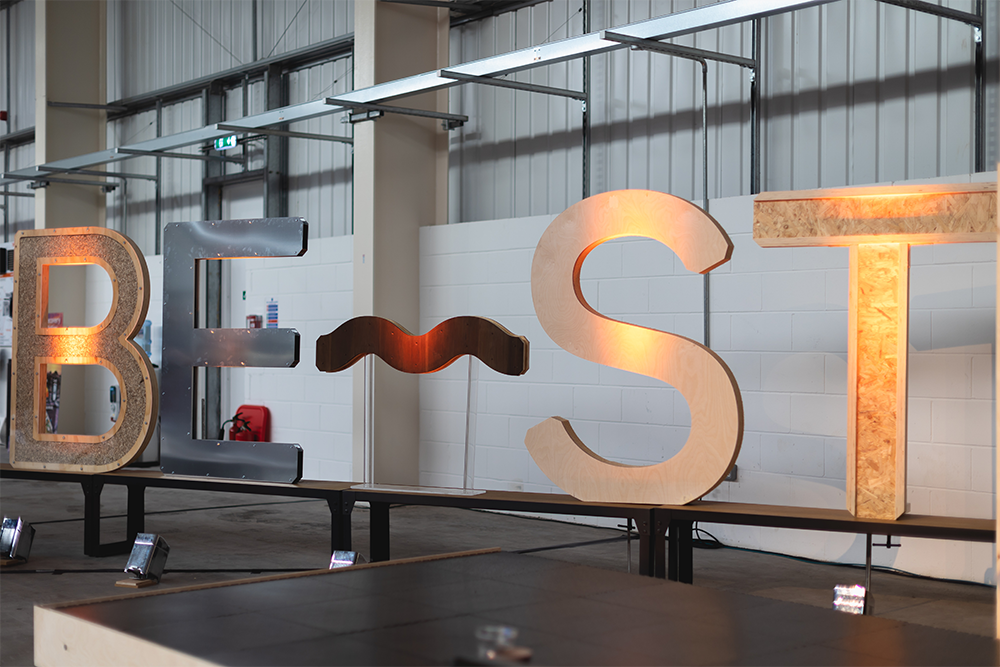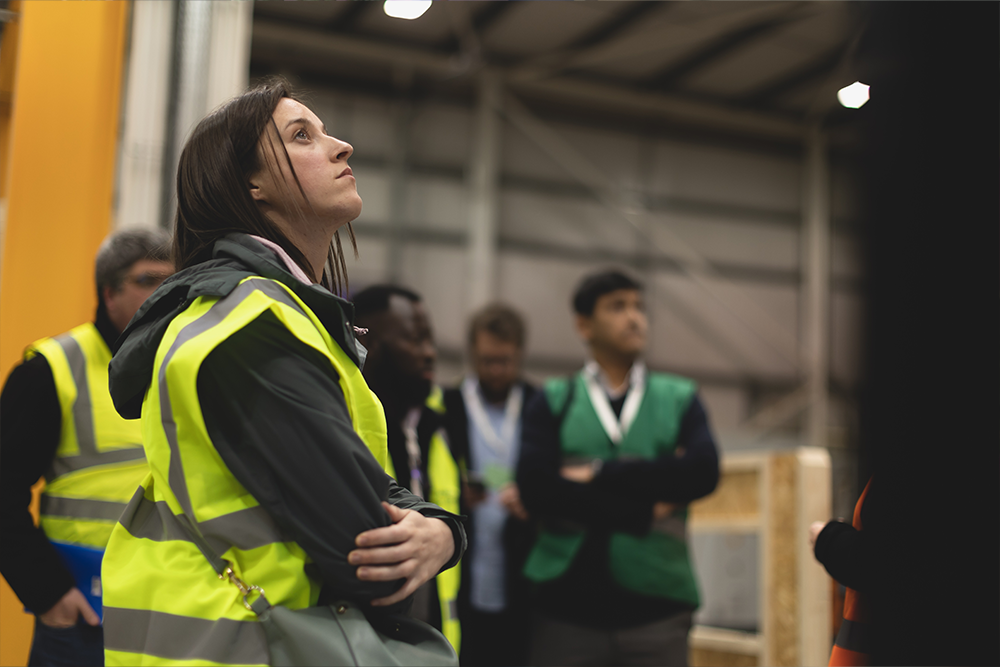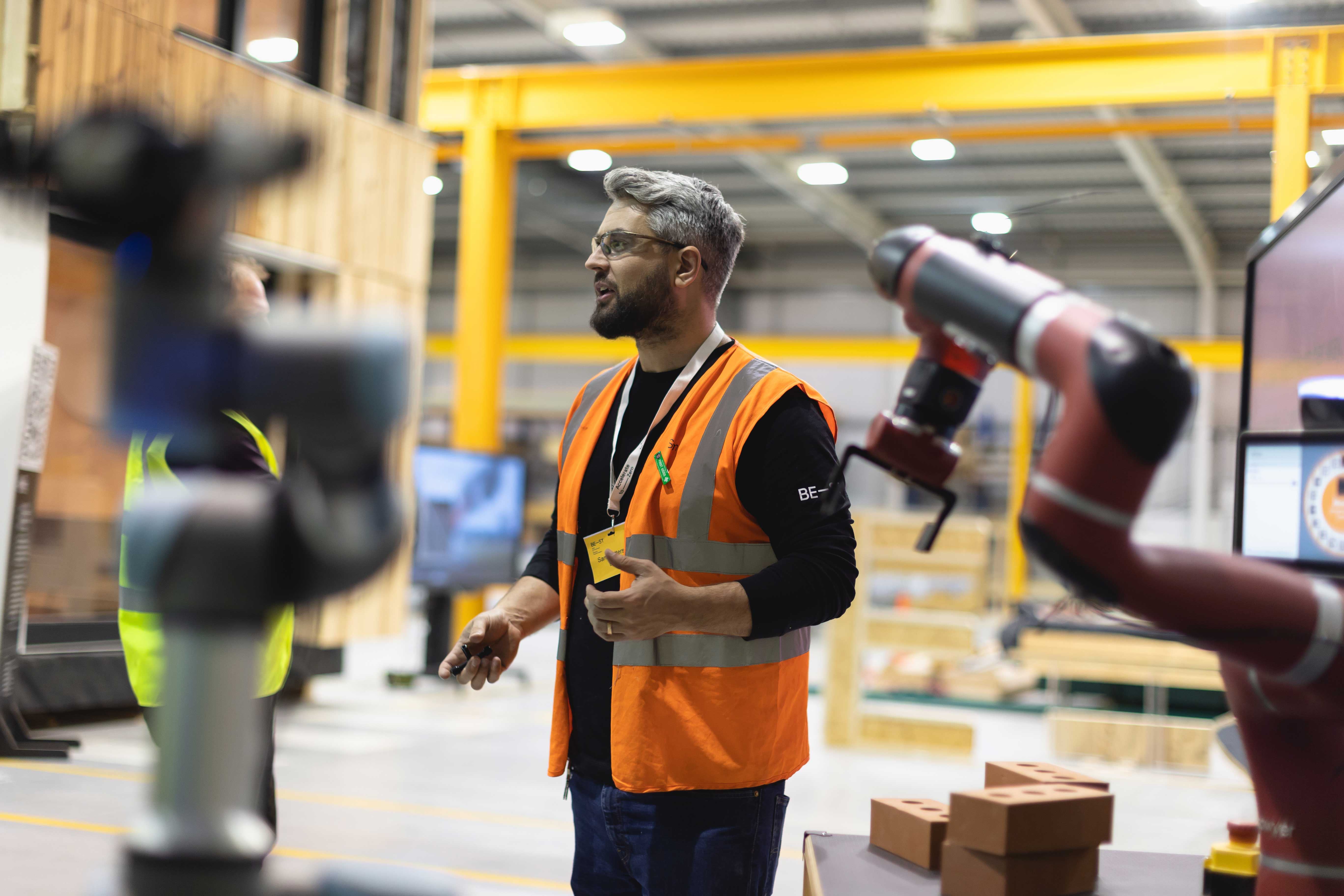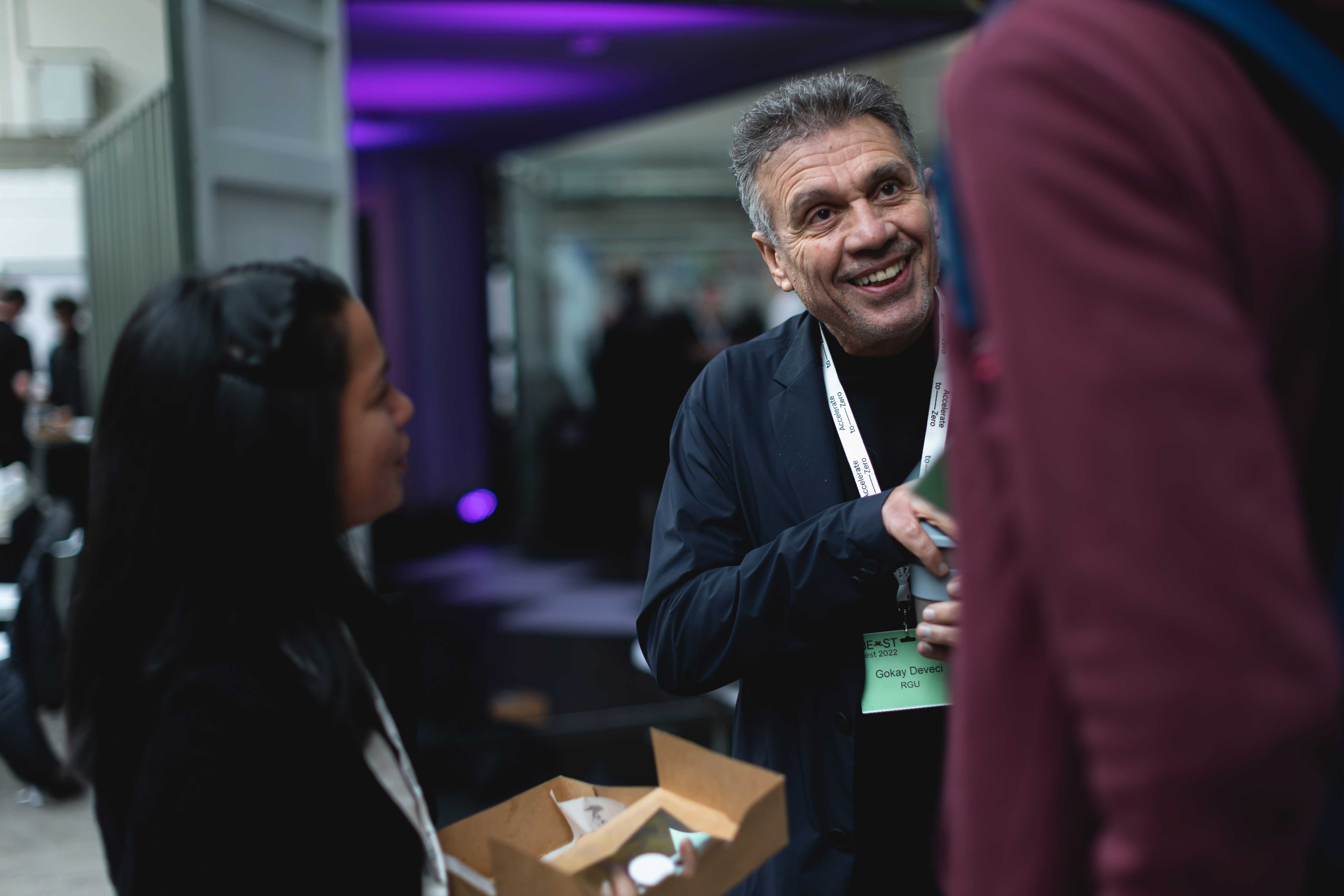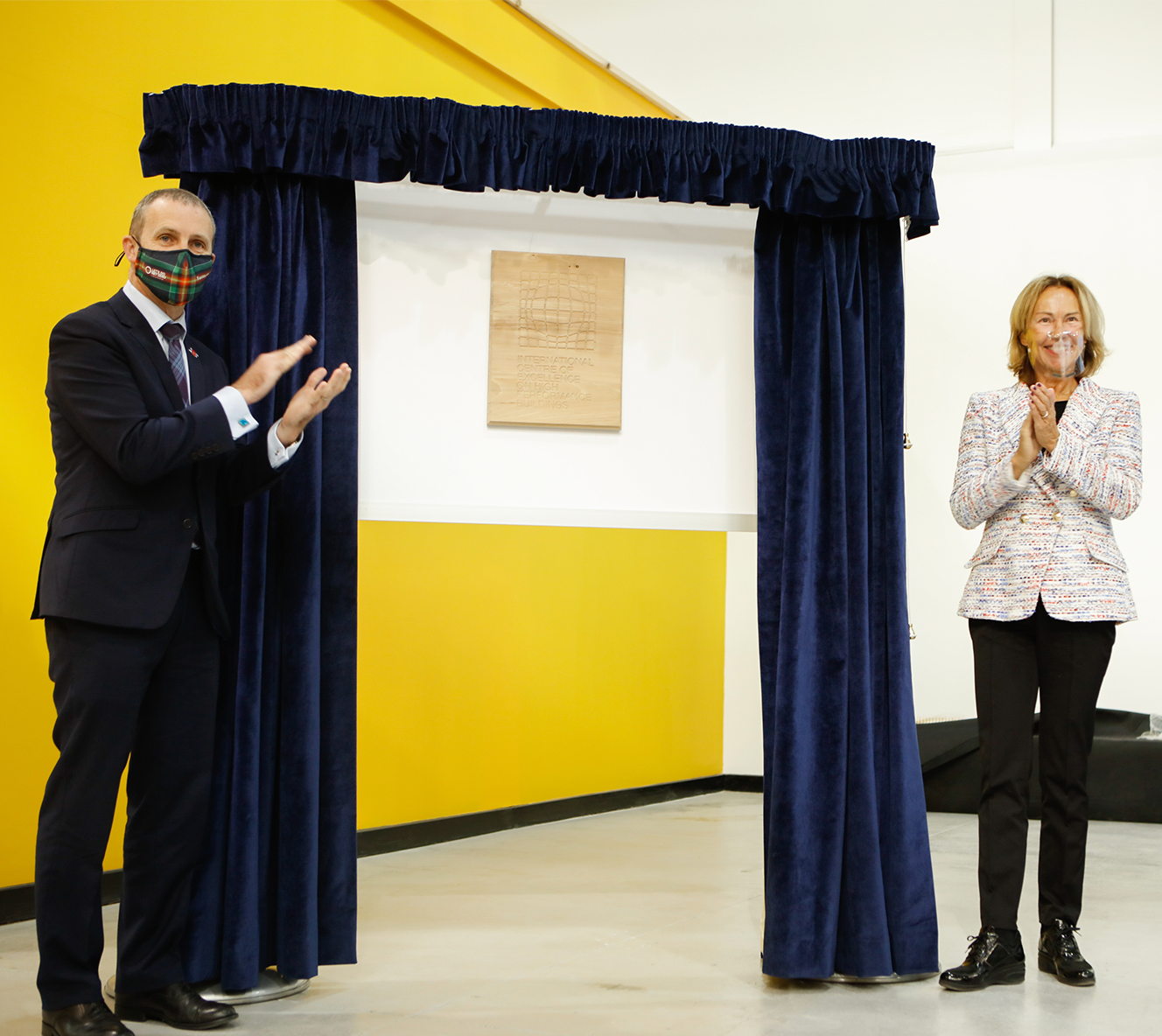Content
How this company is harnessing natural fibres to create safer, warmer insulation
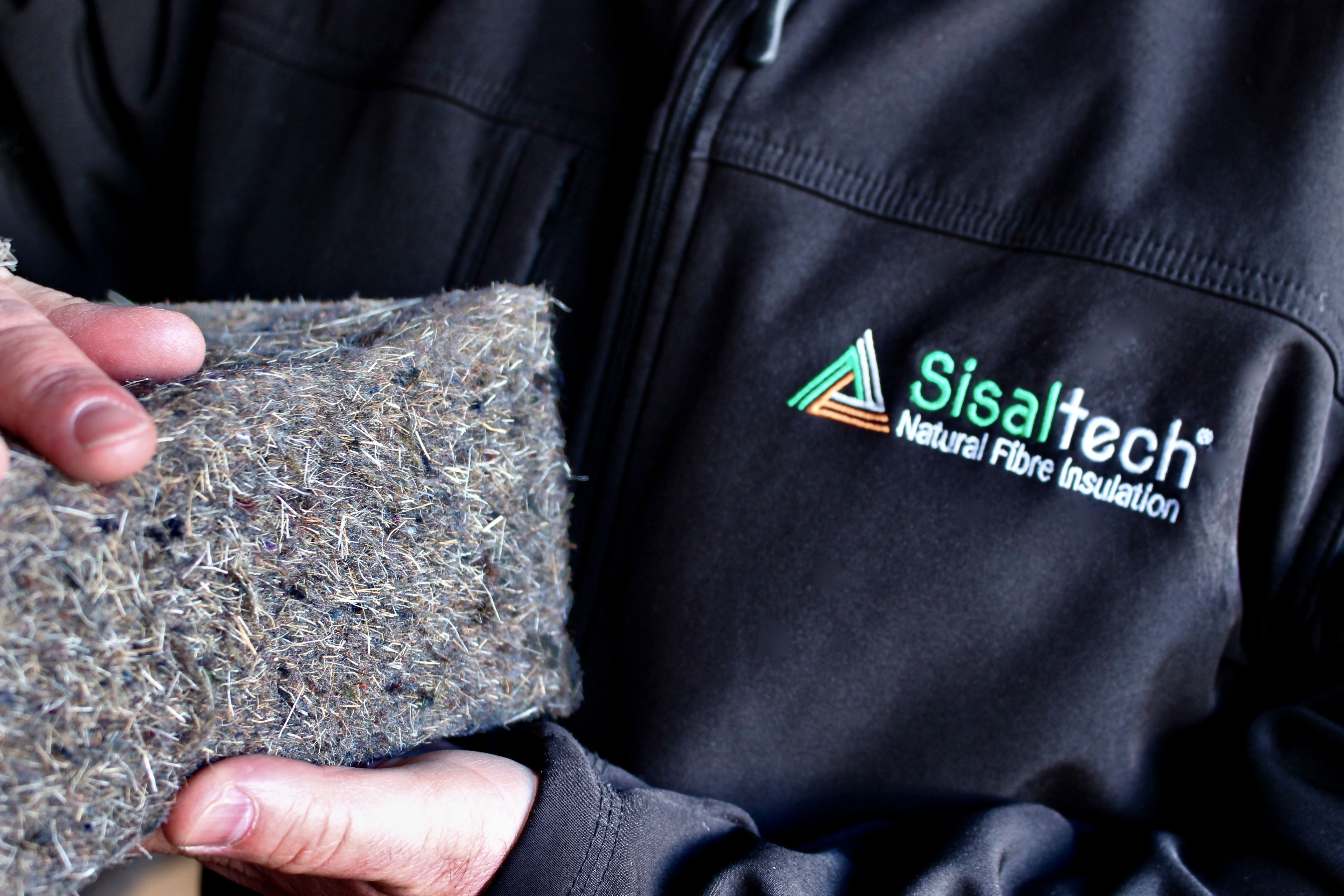
All insulation products have an Achilles heel, according to John Ferguson, Sisaltech. But blending the right materials together can offer a better insulation for installers and building users.
Sisaltech is a Scottish-based startup that has developed a first-of-its-kind insulation product that blends together wool and sisal. By combining these two natural fibres together, the company has created an insulation that is more functional, breathable, fire resistant, and lower in embodied carbon.
And while natural fibres offer many performance benefits, Sisaltech as a company has created an insulation that also benefits people. The company trades with small-scale sisal farmers in Africa, has developed a use for recycled Scottish wool within their supply chain, and designs with the health and safety of installers and building users in mind.
Find out more about their story in our latest interview between Sam Patterson, BE-ST and John and James from Sisaltech.
Sam Patterson
How did your company come to focus on producing sustainable thermal insulation?
John Ferguson
My background is in Agriculture and International Development and I spent several years working with small scale farmers in East Africa, mainly in Kenya, Tanzania, Malawi.
Part of that was training farmers on coping with the impact of climate change. There's a climate justice issue there that the people who do the least to cause carbon emissions are suffering the impact the most. One of the ways farmers there are coping is by growing drought-resistant crops and sisal is extremely drought-resistant.
My initial idea was setting up a business to buy sisal fibre from these small-scale farmers for a fair price. Back in the UK, I was part of a business network and we gave 8 different universities an open challenge asking them what can be done with sisal fibre. We started to see a bit of a common theme in responses that we could make a building product like insulation using it.
Sam Patterson
How does this help the sisal farmers in Africa?
James Hawes
The demand for sisal is quite low today. It used to be a major fibre crop for making ropes and sacks but then polypropylene came along and everybody started making the products out of that.
One of the goals for us is just to increase the demand of sisal so that as we scale up, we scale up these small-scale farmers too.
Sam Patterson
When did the circular economy element come into it?
John Ferguson
Around 2018 we came across Zero Waste Scotland and starting to learn about the circular economy, and then they gave us a bit of funding to see if we could introduce recycled materials with the same performance.
We made a prototype and turns out, we can, and so we now blend our African sisal with UK recycled wool.
Sam Patterson
Looking at the material itself, why did you need to blend wool and sisal together?
James Hawes
If you're using pure sisal, it’s so strong and rigid that you could probably use it as low-grade body armour! Because of this we needed to blend with something else and so we tried blending with just about every other natural fibre there is.
For lots of reasons, sheep wool is great - from like a thermal point of view, from a fire point of view, from an acoustic point of view, there are lots of reasons why wool is good for a blend.
Sam Patterson
That leads us on nicely to the challenges of using natural fibres – when you were going through testing different fibres, what is your experience of using different materials?
John Ferguson
Every different natural fibre that we've worked with, they all have an Achilles heel.
The Achilles heel of sisal is that it burns, so we have to use a fire retardant. The Achilles heel of wool is that it's attracts moths and so you have to use some kind of moth repellent. But by blending these two materials together, we can take the benefits and create a better material overall. Sisal offers the wool more structure and the wool offers sisal more fire resistance and breathability.
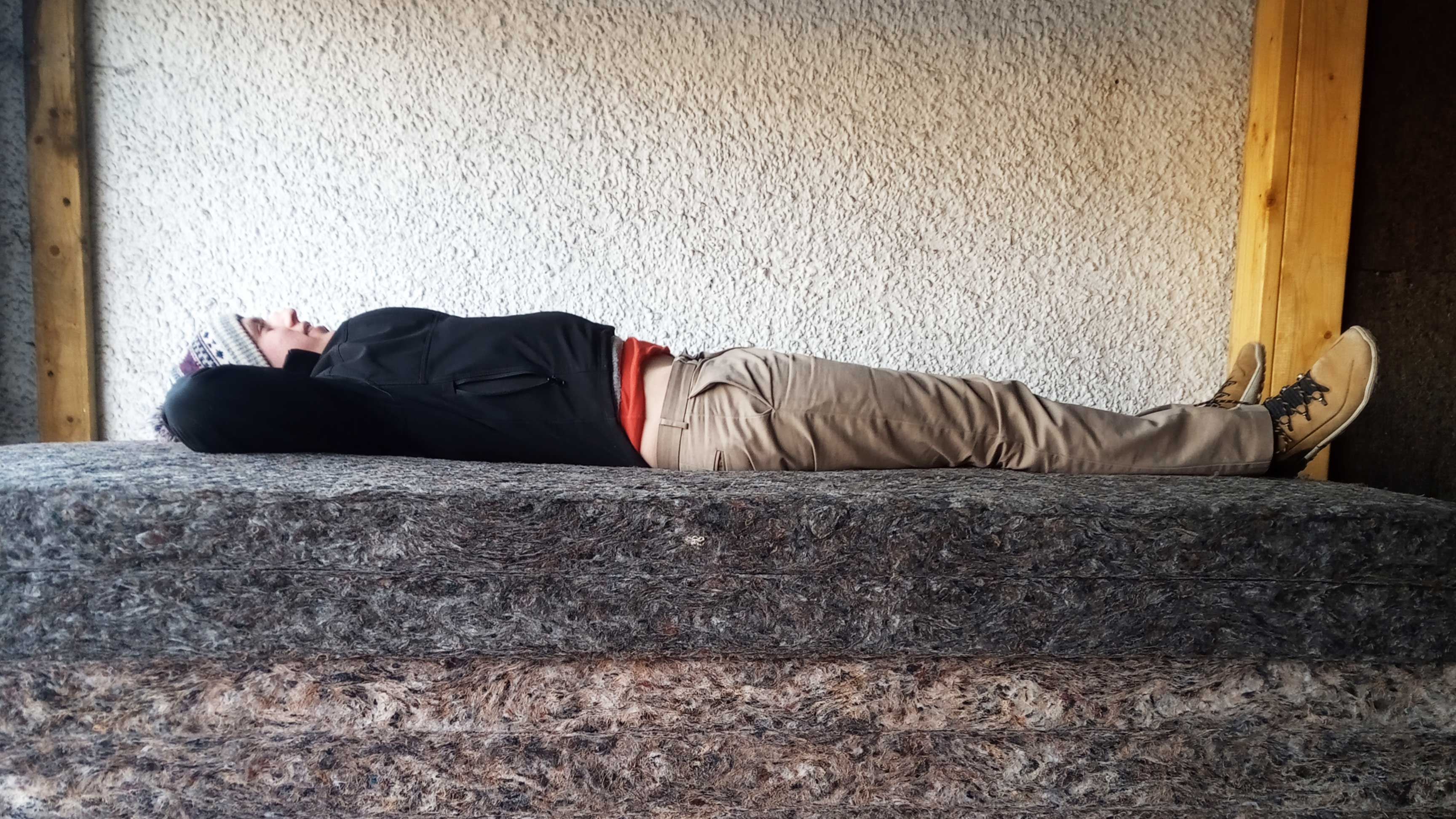
Sam Patterson
What about challenges as a business in the circular economy space?
John Ferguson
One of our kind of biggest challenges in the early stage was certification. Everybody told us we needed BBA certification but it's just not compatible with this level of natural variation.
It's really geared towards a product that's entirely consistent all the time. As soon as your source varies, then you need start all your testing all over again.
So that is a definite challenge for people who are trying to do stuff in the natural fibre sector and specifically in the circular economy sector.
Sam Patterson
What motivates the clients you speak to about natural materials?
John Ferguson
The most common motivation is health and safety, then low carbon and then vapor permeability. I thought people would essentially buy a product because it is ethical and sustainable, but then I realised that's a nice-to-have for 95% of the population.
For most people, it's about the product, which is really why we turned our focus on just trying to make the best insulation that we can.
Sam Patterson
Why is wool good from an end-user perspective?
James Hawes
I would say is about the way it handles moisture. It’s like if you're running in a cotton T shirt and it gets wet, it gets cold and it doesn't dry easily. Whereas if you’re running in a wool jumper, it still stays warm if even it gets wet. It’s also breathable so it releases moisture and dries.
For example, our product is much better in historic stone buildings where you want it to be right up against the stone than a cotton-based product.
Sam Patterson
And for the installers of insulation products, what are the benefits there?
John Ferguson
You could just handle this stuff all day. I handle all day with just my hands, without gloves on and no masks on. James has had a nap in the stuff.
Mineral insulations are absolutely horrendous to work with in terms of itchiness, skin irritation. And then you know for some of the foam type products, when you cut it, you have like a burning sore throat and like watering eyes and stuff.
In most sectors, you would expect none of those things from a normal mainstream product that's available to customers and our product doesn't.
Have your own material idea?
Circular and Sustainable Materials Accelerator
Have you got a solution for a sustainable building material that will help to decarbonise our built environment by having a lower embodied carbon than current alternatives? The Circular and Sustainable Materials Accelerator is an opportunity to work with BE-ST to progress your product to the next level.
